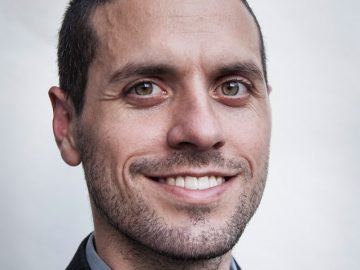Jonathan Shaw in Harvard Magazine:

Current tests for active infection with SARS-CoV-2 are highly sensitive—but most are given to suspected COVID-19 patients long after the infected person has stopped transmitting the virus to others. That means the results are virtually useless for public-health efforts to contain the raging pandemic. These PCR (polymerase chain reaction) tests, which amplify viral RNA to detectable levels, are used by physicians, often in hospital settings, to help guide clinical care for individual patients. In general, members of the public have not had access to such tests outside clinical settings, but even if they did, would find them too expensive for frequent use.
Furthermore, such tests detect tiny fragments of viral RNA even after the patient has recovered. Mina says that means “the vast majority of PCR positive tests we currently collect in this country are actually finding people long after they have ceased to be infectious.” In that sense, a positive result can be misleading, because the results can’t be relied on to guide the epidemiological efforts of public-health officials, which are focused on preventing transmission and controlling outbreaks: “The astounding realization is that all we’re doing with all of this testing is clogging up the testing infrastructure,” with results arriving a week or more after tests are administered, “and essentially finding people for whom we can’t even act because they are done transmitting.”
More here.
